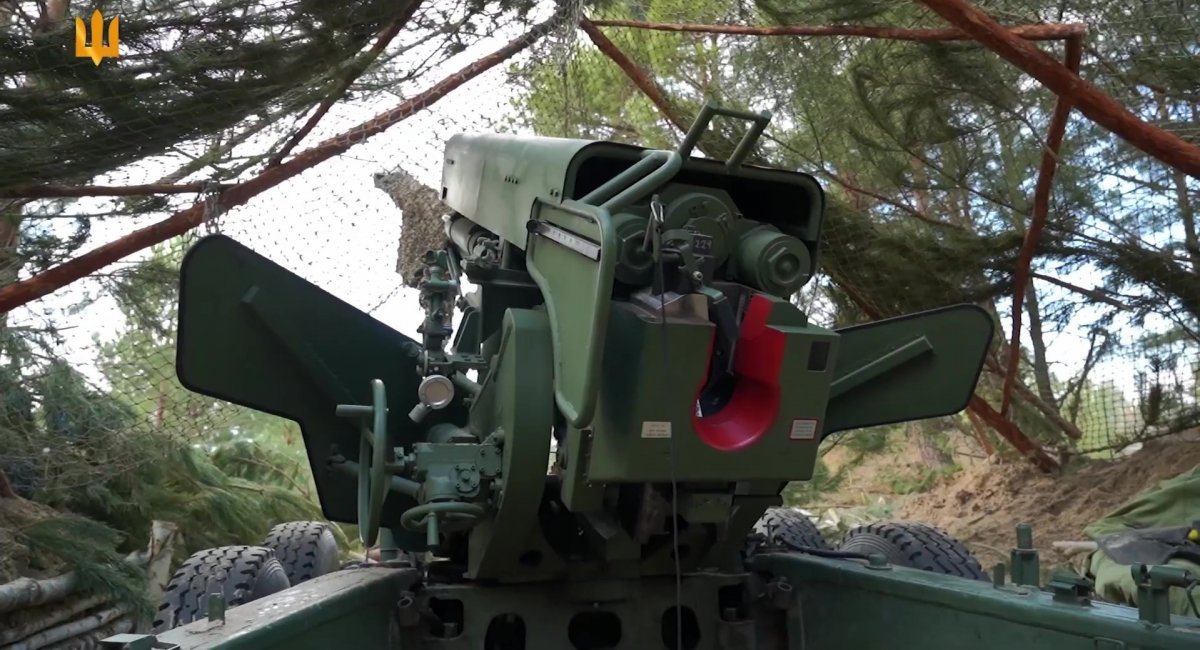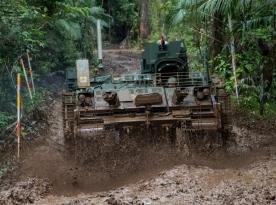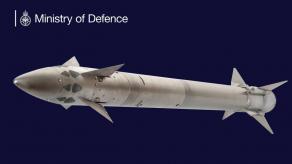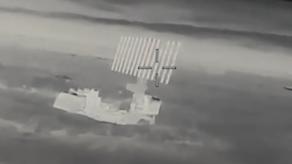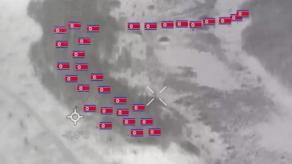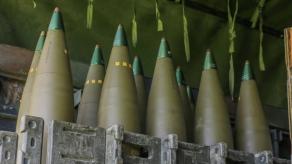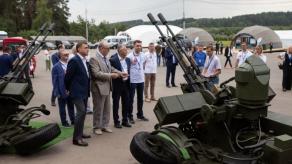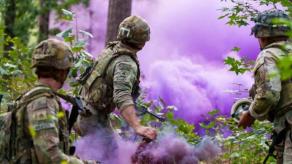The Ukrainian Bohdana 155mm howitzer, in self-propelled and towed versions, is increasingly making headlines. Sometimes, this happens because both variants are filmed simultaneously at the same location. A few days ago, German journalists published a report that included figures on the barrel life, repair speed, and cost of the Bohdanas. Now, the official press service of the Ukrainian Land Forces has released its own equally insightful story.
It provides a detailed account from Ukrainian artillerymen about the features of self-propelled and towed models, along with important clarifications from the system’s developer and manufacturer — the Kramatorsk Heavy Duty Machine Tool Building Plant (part of NAUDI). Additionally, a single video frame revealed the official designation of the Bohdana-B as the 2H22-BH.
Read more: M2 Bradley Repairs in Ukraine: No Spare Parts Shortage, But the Workload Is Massive
There is a common belief that self-propelled guns have a significant advantage over towed counterparts due to their mobility and swiftness in changing positions. However, the dominance of drones on the battlefield has altered this perception. Any unnecessary movement increases the risk of detection and destruction. This does not mean that SPGs remain static, but rather that repositioning is no longer part of a continuous "shoot-and-scoot" cycle. Maneuvering alone is no longer a guarantee of survival.
Moreover, positions for mobile artillery must be well-prepared, reinforced with earthworks, covered with camouflage nets, and concealed as effectively as possible. The difference in preparation time between self-propelled and towed howitzers is substantial. Contrary to conventional wisdom, these factors make it difficult to claim that autonomous platforms generally have any exclusive advantage over their towed peers.
To highlight the extent of necessary camouflage efforts, the report specifically mentions that Ukrainian artillerymen even transport trees to strategically position around their firing sites for optimal concealment.
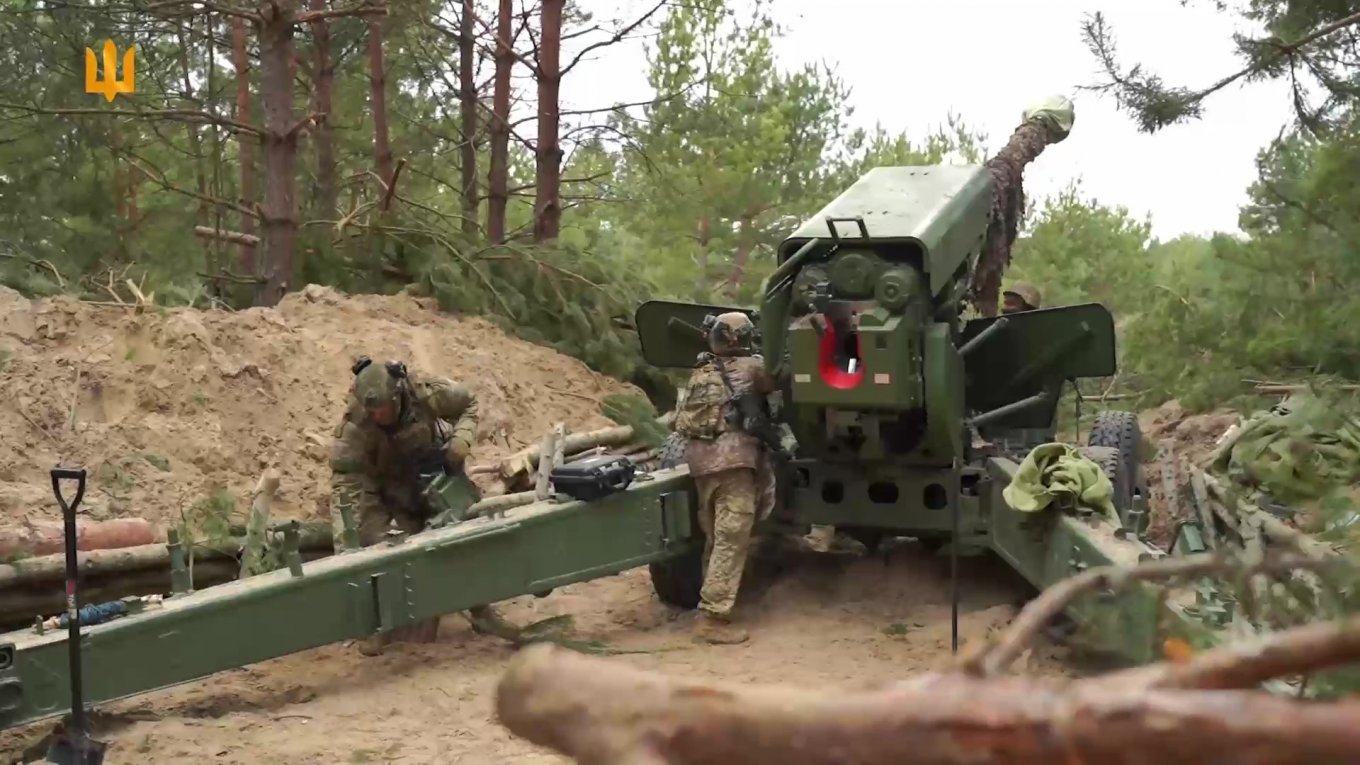
"Have you ever seen a field mouse? It comes out of its burrow, shows its head, shoots, and runs away, right? It’s the same for us. The key is to get [the gun] into the burrow. Once it's inside, it pops out, fires, and that's it. You'll be trying to catch it with your hands all over the field — but how will you, if it's hidden?" explained an artilleryman with the call sign Tokyo.
The reason why the Bohdana-B towed howitzer currently uses the carriage from the Soviet-era Giatsint-B has also been clarified. The decision was purely pragmatic — to ensure the rapid deployment of artillery systems to frontline units. Using available resources was the most logical choice. However, according to a representative of the manufacturing plant, by the end of 2025, the Bohdana-B howitzer will be equipped with a Ukrainian-made carriage.
It is also worth noting that the current production rate for all Bohdana systems is 20 units per month. Towed artillery, due to its simpler design, is easier to manufacture. It lacks, however, the automatic loading mechanisms and advanced electronic systems that self-propelled versions are gradually incorporating.
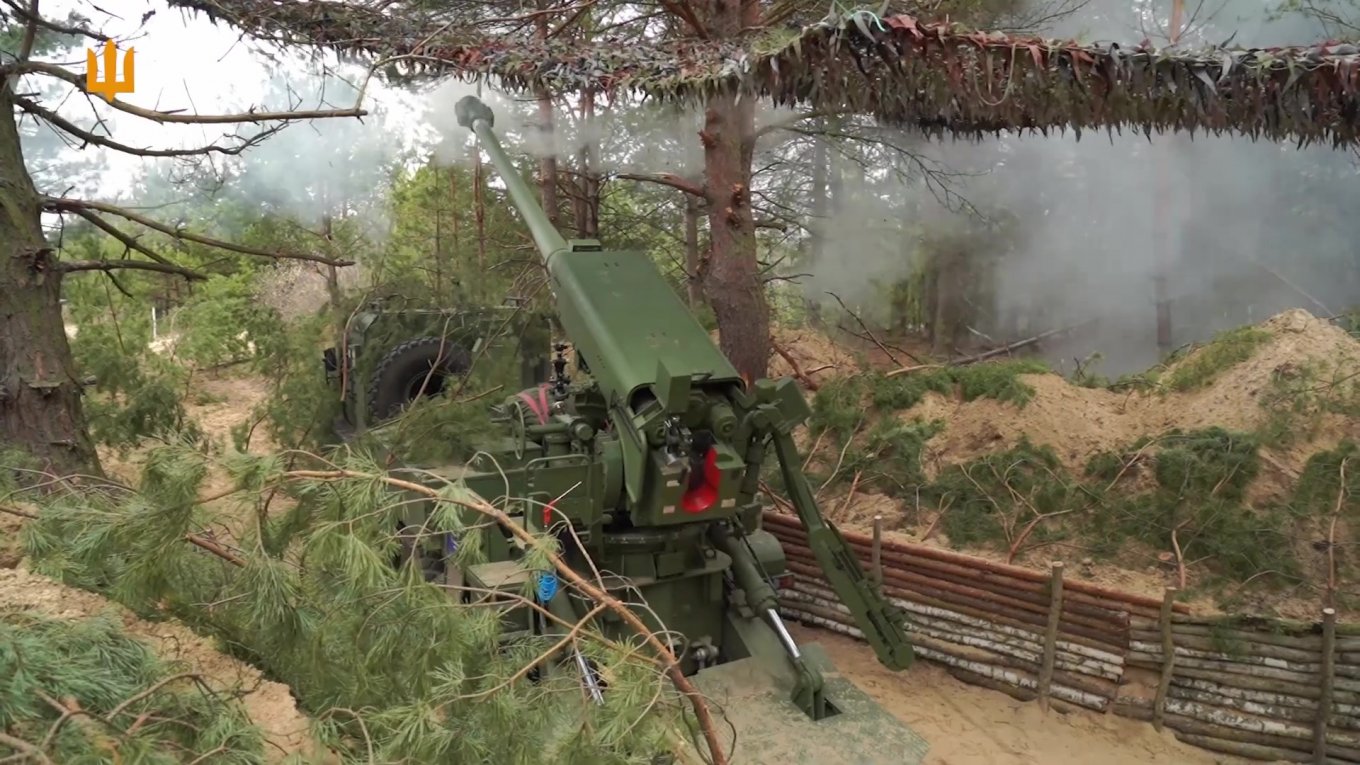
For example, the self-propelled variant now features a radar system mounted above the barrel to measure projectile velocity. This is part of the ballistic computer, which adjusts firing parameters in real time for maximum accuracy. While such systems can also be integrated into towed artillery, they would require a remote setup.
Read more: 2S22 Bohdana: How 18 Howitzers for Ukrainian Forces Aroused the EU's Interest in Ukrainian Arms



